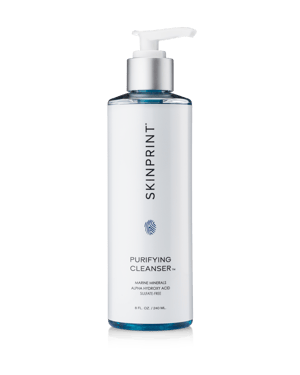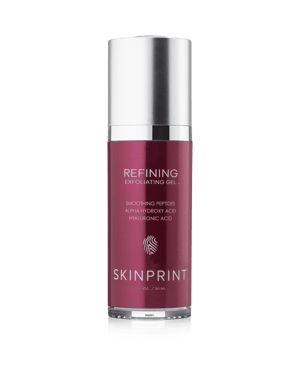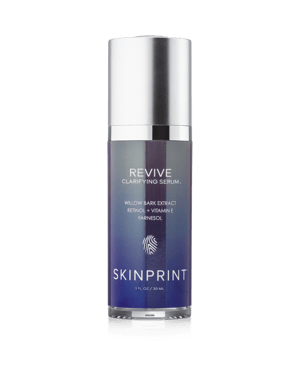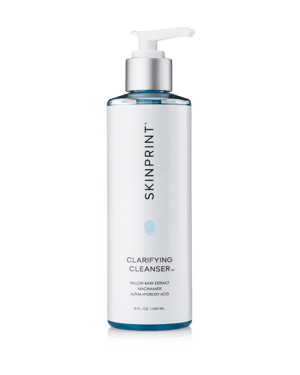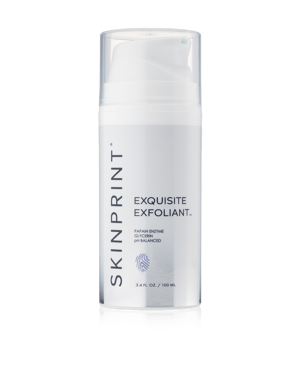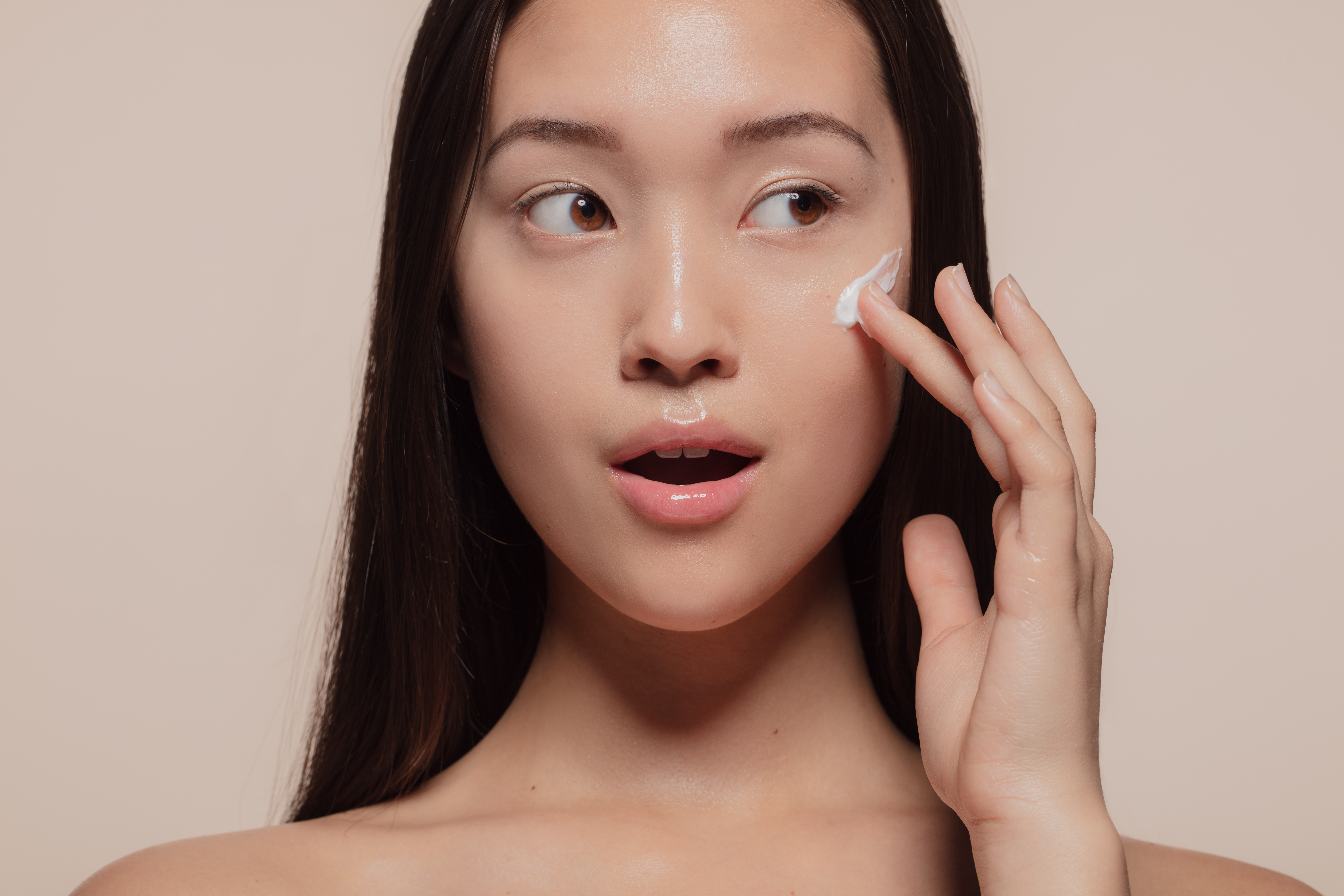
Exfoliation 101
Physical vs Chemical Exfoliation: Which one is right for you?
Every day, our skin naturally works to shed old cells from its surface and make way for younger, fresher cells underneath. However, as we age or if our skin is disrupted by poor product use, this process tends to slow down or become irregular. Exfoliation can be the key to restoring soft, smooth and youthful-looking skin, so long as we strike the right balance of type and frequency with products that protect the delicate skin barrier, natural microbiome and pH of our skin.
Let’s explore…
Physical Exfoliation
Physical exfoliators utilize tiny granules or a topical force such as brush strokes to manually scrub away dead skin cells. It’s not always the most gentle form of exfoliation and can lead to inflammation or skin breakouts if done improperly.
Particle shape and size matter: Large, rough or irregularly shaped particles can be problematic for sensitive or acne-prone skin. It’s important to make sure that the particles in the formula you are using have been polished to remove irregularly-shaped edges. Common culprits include ground up shells, fruit pits or volcanic rock. These substances can cause micro-tears along the surface of the skin, weakening our barrier function and allowing harmful microorganisms to penetrate more deeply and cause or worsen inflammation.
For this reason, we never recommend physical exfoliators for acne-prone patients or those dealing with ongoing sensitivity issues. An easy test to see if your exfoliator might be too harsh – test on the inside of your forearm. If it feels as all scratchy or irritating, steer clear of using it on more delicate areas such as your face, neck and chest.
There are, however, plenty of physical exfoliators that do a great job of buffing away rough, uneven skin. The smooth bamboo particles in our Bamboo Papaya exfoliator are an excellent natural way to slough away rough patches and get the instant satisfaction of silky soft skin.
Chemical exfoliation
Chemical exfoliators are a broader category of treatments that work to break down the attachments of older, surface layer skin cells so that they can slough via their natural process but in a quicker and more efficient manner.
Commonly used are “alpha-hydroxy acids” (AHA’s) and “beta-hydroxy acids” (BHA’s). Both work to resurface our skin in a consistent way for even exfoliation. Depending on the strength of the acid, you can achieve a gentle sloughing or deep peel.
AHA’s such as glycolic acid and lactic acid are best used to target signs of aging. These acids work to reduce the appearance of dark spots, melasma, and sun damage or acne scarring. They’re also highly effective at reducing the signs of fine lines and wrinkles by drawing in moisture to plump skin cells.
BHA’s such as willow bark extract and salicylic acid are better suited to treat breakouts due to their ability to penetrate and dissolve the dead skin and sebum inside of pores that contribute to acne, blackheads and enlarged pores. They’re also especially well-suited for acne-prone or inflamed skin as they boast fantastic anti-microbial and soothing properties.
In addition to acids, we can also use enzymes to chemically exfoliate our skin. Typically sourced from fruit extracts, enzymes work to break the protein bonds between cells and help gently exfoliate skin at the uppermost surface level. Ingredients like papain, which is created from papaya enzymes, will work slowly and gently to achieve a light exfoliation over time. For this reason, enzymes can be a great exfoliation choice for sensitive or dry skin types.
It is important to note that with all acids we should be careful to know that overuse can disrupt our pH balance when used too frequently or too aggressively. We recommend incorporating new acid exfoliators slowly over time and following up with barrier-friendly moisturizers.
How often?
For skin that is acclimated to exfoliants we recommend using 2-3 x per week but if you have dry, sensitive skin- aim for a light application 1-2x per month and gradually increase. With ALL exfoliators be sure to follow with SPF as they can make your skin more vulnerable to sun damage.
Use caution when incorporating serums or active ingredients after exfoliation as those actives will now penetrate deeper into the skin and be sure to always finish with a barrier-boosting moisturizer or hydrator to keep skin healthy and balanced.
Still curious what the right Skinprint® exfoliator for you might be?
Reach out to one of our Skinprint® Analysts for a custom recommendation!


